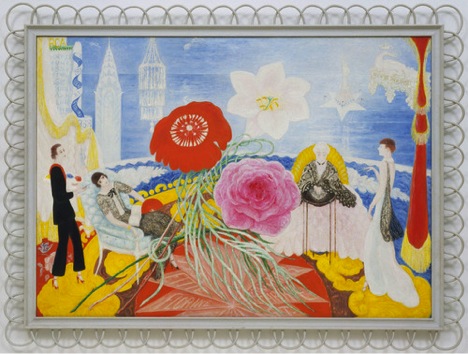At the end of my recent blog post on a data visualization project, I had more questions than answers. I set out to answer one question—had the Museum of Modern Art been collecting American artworks since the museum was founded?—and left wondering what else we could learn about a museum’s collecting practices using big data. In addition to providing the perfect opportunity to continue working with the MoMA dataset, a recent three-week unit on the digital humanities for my Workshop graduate course gave me a new framework to guide my analysis. One of the approaches in the digital humanities—a loose area of research and teaching that explores the intersection of digital methods and humanistic inquiry—is to employ big data and what Franco Moretti calls “distant reading” to probe into literary, historical, and artistic texts. From one perspective, the digital humanities borrow computational strategies and overlay them onto the humanities. At the same time, though, the digital humanities imbue computational methods with the strategies we value in the humanities, such as conducting close readings and recognizing ambiguities.
With the spirit of the digital humanities in mind, I had a few overarching goals for this unit.

